
想让你追我。
Action Action 12 | Iraqi artist installs a "third eye" on the back of his head
Introduction of works
In November 2010, Wafa Bilal, an Iraqi-American professor of photography at New York University, launched an astonishing project called the "Third Eye" - he surgically implanted a thumb-sized eyeball in the back of his head. camera, and plans to make it take a picture every minute for the next year.
According to Bilal, the "Third Eye" project was commissioned by the Mashaf Museum in Doha, which has just opened in the Qatari capital, as part of the "Arab Modern Art" exhibition.

Work execution
It is reported that the camera in the back of Bilal's head was implanted by an artist at a tattoo shop in Los Angeles through a two-hour operation. The surgeon first cut a small hole in the scalp of the back of his head, opened a 3-inch-thick skin flap, then implanted 3 titanium metal pillars under the skin of the back of his head, and then carefully fixed a wireless camera. on top. The camera has a circular surface, 5 centimeters in diameter and no more than 2.5 centimeters thick, and Bilal will wear it for a year.
The Associated Press quoted him as saying on the 24th: "I will live the same life as before." However, Bilal refused to disclose the time and details of the camera implantation, saying that "it will be made public at the museum preview on December 15." "It was leaked to the Wall Street Journal before I had a chance to talk about it and say what my goals were," Bilal told F Newsmagazine, " so it immediately became part of pop culture, and the real interest was behind it. The buzz, a man and a camera — that’s what grabs the attention. It disappointed me at first because there wasn’t a lot of depth to that story, and of course there was coverage all over the news without enough focus on the project itself. ”

According to Bilal's plan, the camera will take a picture every one minute, and then send the taken picture to the computer for storage, and then transmit it to Mashaf, Doha, thousands of miles away in real time through the network. Museum exhibit. According to the organizer of the Mashav Museum, the theme of the "Third Eye" project is to reflect "the inaccessibility of time, the incapacity of previous memories and experiences", "It will be a three-dimensional experience that expresses real time. and space,” said museum official Sam Badayuler. “Once the photo is out, you realize that the camera is just one way of expressing art, and there are important ways to experience it.” Bilal said that this art The project will raise "important social, aesthetic, political, technical and artistic issues". I chose to implant the camera in the back of my head because I wanted to understand what is usually invisible and left behind.
However, only 2 months later, due to the severe rejection of Bilal's body to a titanium metal pillar implanted in the back of his head to support the camera, he continued to suffer from pain and restless sleep. In order to eliminate the rejection, Bilal He took a lot of steroids and antibiotics, but none of them worked. In desperation, Bilal had to undergo another operation a few days ago. One of the titanium metal pillars was removed, leaving only the other two titanium metal pillars left in his head. The camera on the back of his head was also forced to be fixed because he could not continue to fix it. was removed.
After the news that the "Third Eye" project was aborted came to light, the entire United States was once again swept away. Many people believed that Bilal was simply asking for trouble. But Bilal said he would still carry out the "Third Eye" project to the end. Bilal said that as a stopgap measure, he can only tie the camera to his head with a rope, but when he recovers, he will re-implant the camera in the back of his head. "I am determined to continue with the 'Third Eye' project," he said.
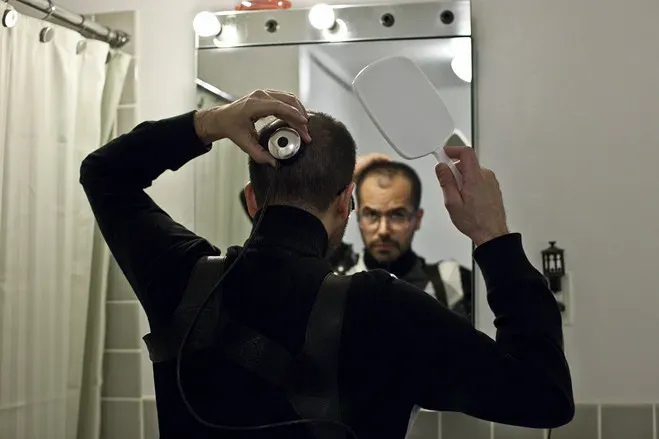
Artist's Statement
"The more natural the storyteller's process of letting go of psychological shadows, the more the story will hold its place in the memory of the listener, and the more fully it is integrated into his own experience, the more he will be inclined to repeat it and pass it on to others sooner or later." — —Walter Benjamin, The Storyteller (p. 91, Illumination)
If I'm not a storyteller, I'm nothing. My work to date has been concerned with communicating public and private information to viewers so that it can be replayed and distributed. The stories I tell are political dramas that unfold through my past experiences, right up to the present, as they interact with the currency of the media as a dialectic of aesthetic pleasure and pain. Through different levels of distribution and interpretation, pictures are drawn using an interaction model established through a story (technical) framework, where they are revealed and shared. With the audience locked in to participate, my story may be retold.
The Third Eye is one such platform to tell and retell another story. A camera temporarily implanted in the back of my head, it spontaneously and objectively captures the images that make up my daily life — one every minute and transmits them to a website for public consumption.
I have left many people and places behind on my journey from Iraq to Saudi Arabia, Kuwait and the United States. My impressions of the journey are inevitably as fleeting as they are in my own memory. A lot of times when I'm on the road and in the chaos, the images don't quite capture it and I don't have time to absorb them. Now, in hindsight, I wish I had recorded these images so that I could look back on them and make them a reminder and record of all the places I was forced to leave and may never see again.
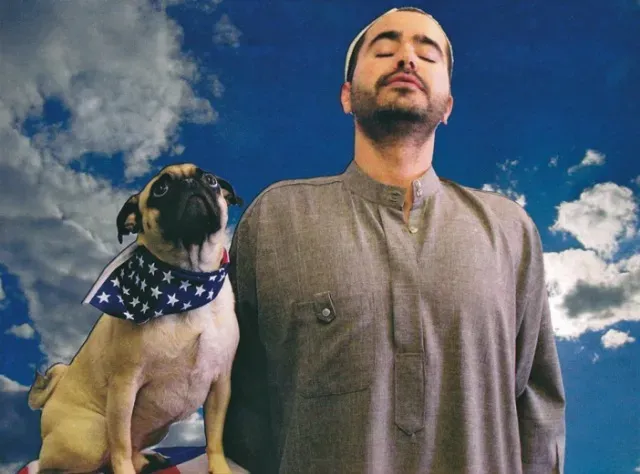
The project stems from a strong desire to capture images of the places we leave behind, sometimes we choose to leave, sometimes we are forced to. I first started thinking about this in 1991 when I left Iraq and my hometown was bombed by Saddam's regime. That was the original desire to capture these images. But as my thinking and practice developed, I came to understand that there is no such thing as an objective image.
Images are always subjective, coded by the photographer, and influenced by the photographer's philosophy or their point of view. Then I started thinking I wanted to lose that subjectivity ...one way to do that is to lose the power of the eyes through the viewfinder, and the power of the fingers when you press the shutter. Because that's when the photo is encoded. So the only logical thing to do is to put this camera on the back of my head...it is logical to combine the camera with the body to create a photographic, biotech device and try to lose the subjectivity of the image.
"Third Eye" stemmed from the need to objectively capture my past as it slipped behind me from a non-confrontational angle. It is anti-photographic, decoded, and will capture the image represented rather than implied, a technical biological image. This will be accomplished by completely removing my hands and eyes from the photographic process, bypassing the traditional conventions of traditional photography or interruptions to the photographic schedule. Barthes once said: "...from an aesthetic point of view, the image referred to can be represented as a kind of Edenic state of the image; utopian clear of its connotation, the image will become very objective, or, in the final analysis, innocent ." I hope to capture this "innocent" image through the "third eye".
Technically, the "third eye" is an automated photographic device that consists of three distinct components: a small digital camera, permanently mounted on the back of my head via a USB connection, and a lightweight laptop that I carry around, via A USB cable to the camera and a 3G wireless connection to access the internet. The website www.3rdi.me acts as the storage and display of the images taken by the camera. In theory, the unit functions as follows: the camera automatically captures an image every minute without the intervention of the artist, and sends that image to a receiver (computer) on me via a USB connection. The receiver then sends this image over the 3G network to the website, where the image is archived and available to the public.
The "Third Eye" makes a technological device of my body a part of my body and uses the internet to publish the recorded content publicly within the space. Arbitrary images captured by the device will preserve broken records and distribute narratives completed by the audience, as their physical space is also affected by the presentation. Benjamin described the storyteller as "who could let the wick of his life be completely consumed by the tender flame of his story". ("Illumination") This way I'm locked into the storyteller, delivering modes of interpretation to an audience with little context so that they can transform based on subjective interactions and subsequent expressions. Using this narrative triangle, the work critiques the way the imagery is used to tell and retell the story.

Artist introduction
Dr. Wafaa Bilal (Arabic: وفاء بلال [wæfæ bɪlˤɑːlˤ] ; born June 10, 1966) is an Iraqi American artist who is currently a professor of art at the Tisch School of the Arts at New York University. His project In a Grain of Wheat: Cultivating Hybrid Futures in Ancient Seed DNA won a Creative Capital Award in 2021 and was named one of the world's 100 leading thinkers by Foreign Policy in 2016 for his work as an advocate one.
Bilal is from Najaf, Iraq. He grew up during a particularly turbulent period in Iraqi history, and his experiences of war and revolution shaped his art. He dreamed of becoming an artist, but was banned from studying art at a university in Iraq for alleged infidelity to a family member; he instead studied geography. He continued to create art that was critical of Saddam Hussein's regime. For this, he was arrested as a dissident.
In 1991, Bilal was suppressed under Saddam Hussein's regime. Fleeing Iraq during the first Gulf War after refusing to volunteer for the invasion of Kuwait and organizing opposition groups, he lived in a refugee camp in Saudi Arabia for two years, teaching art to children. In this way, Bilal became part of a generation of Iraqi artists and intellectuals who were forced into exile, cut off from their heritage and current Iraqi artistic practice.
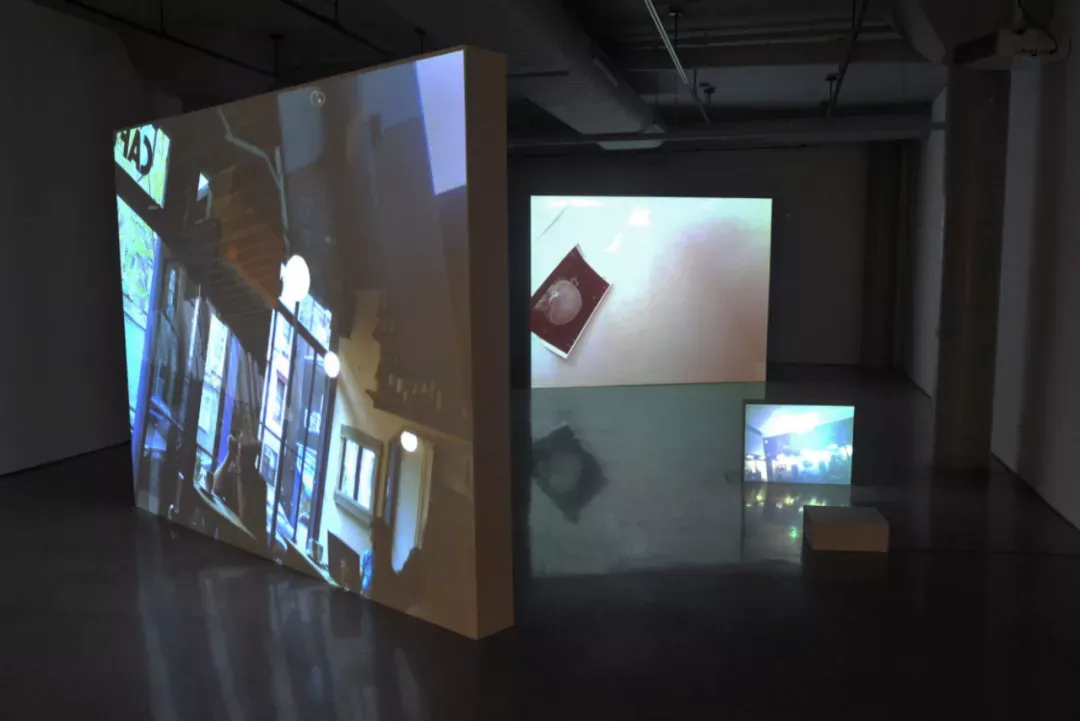
In 1992, he traveled to the United States to study art at the University of New Mexico in Albuquerque, graduating in 1999. He later moved to Chicago, where he earned an MFA from the School of the Art Institute of Chicago in 2003, becoming an adjunct assistant professor the following year. In addition to his art, he has spoken on Saddam Hussein's regime and has been interviewed by the History Channel. Wafa's brother was killed in a U.S. missile attack at a checkpoint in 2004, deepening his condemnation of the Iraq war. He travels the world advocating the plight of the Iraqi people and the importance of peaceful resolution of the conflict.
Bilal is internationally known for his online performances and interactive works that spark conversations about international politics. There is a radical subtext to his work - with those challenging physical performances and new media works such as...And Counting (2010) and Domestic Tension (2007), he aims to push himself and his audience into aesthetic and outside the political comfort zone. Bilal was suppressed under Saddam Hussein's regime and fled Iraq in 1991 during the first Gulf War. After two years in refugee camps in Kuwait and Saudi Arabia, he came to the United States, graduating from the University of New Mexico and then earning an MFA at the Art Institute of Chicago. He is currently an Assistant Professor of Art at NYU Tisch School of the Arts.

Privacy Controversy
Once the "Third Eye" plan was exposed, it immediately shocked countless Americans and caused widespread controversy on the campus of New York University. Because the "third eye" on the back of Bilal's head captures not only his personal actions, but also his daily teaching interactions with students, the subjects who were photographed were likely to have their privacy violated without their knowledge. For this reason, the school once considered that when Bilal was on campus, let him cover the "back eye" with a lens cover, or simply turn off the miniature camera temporarily.
NYU said in a statement: "As an art school, the school's mission is to develop artists, and we respect his (Bilal's) right as an artist to create freely...We also take seriously the privacy concerns raised by his project. And the impact on students.” The school discussed with Bilal “the correct mechanism to ensure that his camera does not take pictures inside NYU buildings.” However, some students expressed no concern in this regard. "There's nothing to hide in the classroom," said Seth Moroska, who graduated in May 2011. However, he disagreed with the photos being transferred to another country and shared via media platforms.
related comment
"Third Eye" is a continuation of Bilal's work of sharing public and private information with audiences for distribution, and another project in which he uses his body as a primary communication tool. Through the "third eye," Bilal is interested in capturing mundane images that would not ordinarily be recorded, trying to separate the act of image-making from subjectivity. The automation and positioning of his cameras meant that the artist's hands and eyes were removed from the process, bypassing traditional photographic conventions. The images are transmitted in real time to the website www.3rdi.me for public use, where they are archived and still available for viewing.
"Third Eye" addresses surveillance and privacy concerns. Through the act of putting the camera in the back of his head, Bilal draws attention to the most forgotten or ignored fact that cameras exist in most public places and many private spaces. The "third eye" reminds us that surveillance of our lives has become commonplace. The project was also very personal for Bilal due to the need to capture his past objectively. As a refugee and immigrant, Bilal reflects on the images, people and memories he was forced to leave behind on his journey from Iraq to Saudi Arabia, Kuwait and the United States. His mental image of the transit and chaotic times had vanished, and by recording every moment with a "third eye", Bilal was able to build a memory archive that he couldn't do before.
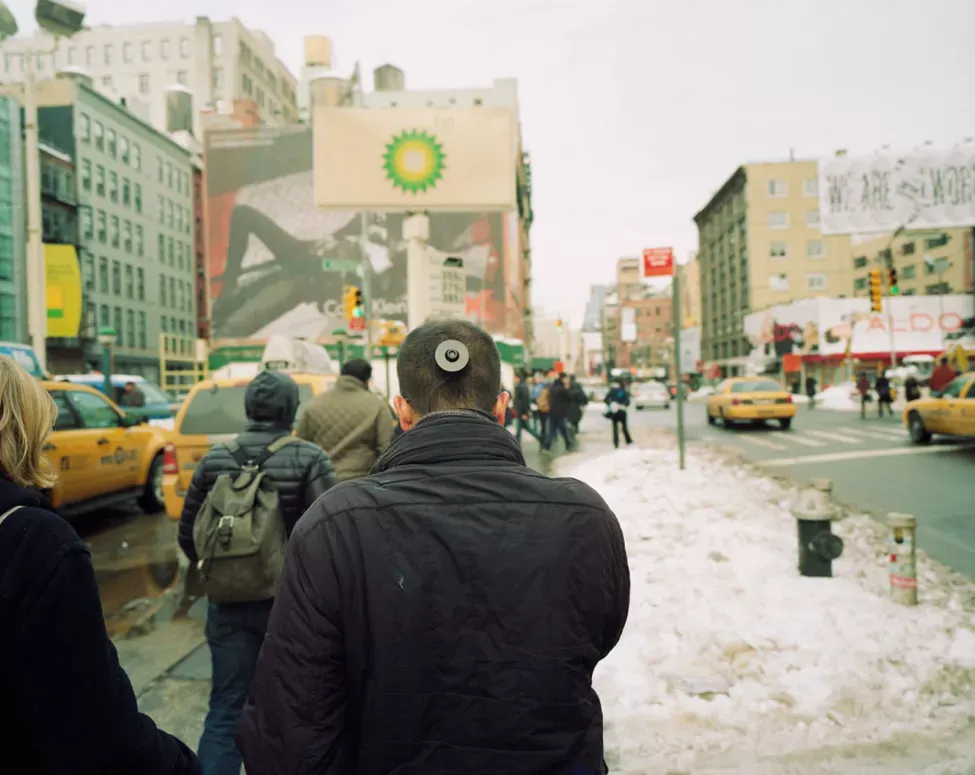
Clicking an image archive on the Third Eye website is almost like clicking the Facebook photo gallery upside-down. Instead of pictures of boozing ego and proud human subjectivity, these pictures feature the most mundane, trivial, and selfless details of everyday life: forgotten corners, bathroom ceilings , the wall behind the desk.
At the end of the day, despite the very egotistical, personal nature of Bilal's physical representation, the actual artwork that viewers can encounter does seem to achieve (or nearly achieve) Bilal's goals. If we look at these pictures, we become witnesses to things that the artist has left behind, forgotten, or even didn't know existed—things untouched by his subjective gaze. We are witnessing the real disappearance of this artist.

interview about the work
The following is excerpted from ibraaz.org by reporters Sarah Raza (SR), Wafa Bilal (WB)
SR : Would you say this project is anti-photography?
WB: That's an interesting question because often the practice of photography and taking images is very subjective. If you consider documentary photography to be the most subjective form of image-making, and turn this idea upside down in my work, you'll find that I never promise the spectacular, but the mundane. In my work, the image captured by the camera is low resolution, similar to the quality on a mobile phone. I am very interested in the one-off and non-hierarchical concept of photography.
SR: In February of this year, there were reports of problems with your device because your body rejected it, and the camera was temporarily removed for physical recovery. How will this interruption affect a project that was meant to last a full year?
WB: I have to allow the area where the pins that hold the camera to my head connect to heal properly, or I'll get a persistent infection. During this time I had the camera around my neck and it was still recording images and feeding them over the internet. In late summer, I will have the unit reinstalled and will undergo another surgical procedure to complete the expected 12-month program.
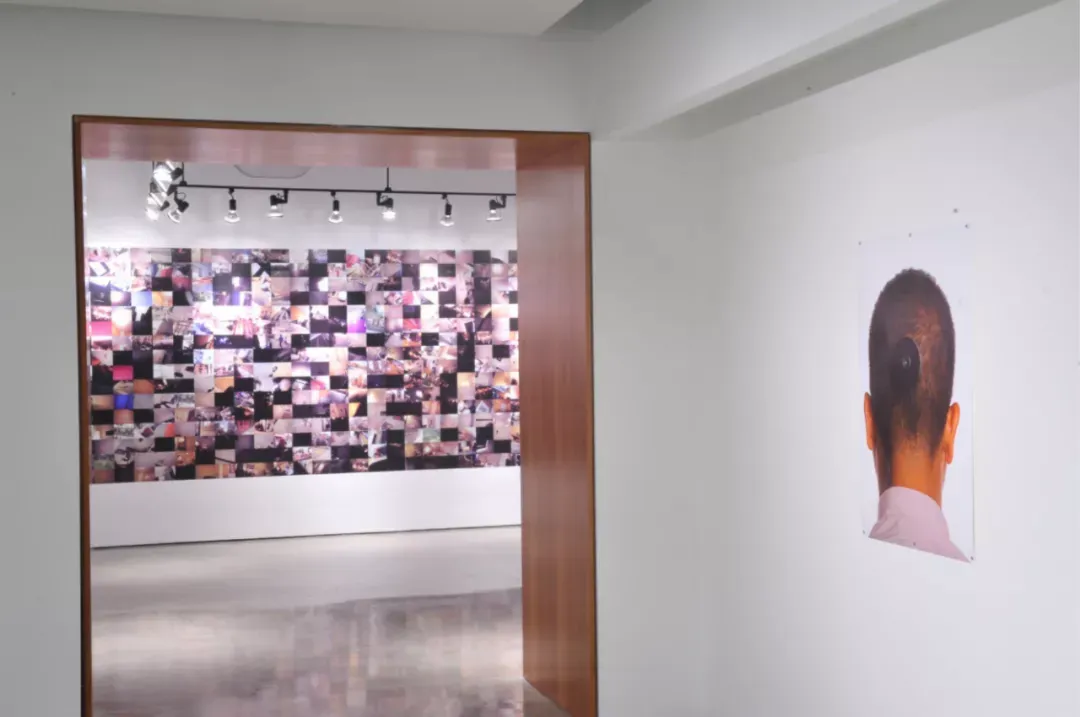
SR: What about the physical and physical challenges this presents to your body and how do you deal with it?
WB: The project was not without physical challenges, it was a very painful process and getting used to being uncomfortable. The camera is a foreign body and my body has been trying to reject it by cutting off the blood supply to the area, but I am determined to continue the goals of this project with the help of my team and medical professionals.
SR: Interaction with the public seems to be an important aspect of the "spectacle" surrounding your practice.
WB: I think the public's interaction with my work is more than just spectacle. Interacting with audiences is an important part of my job. For example, in my early work Domestic Tension (2007), I was confined to a gallery space for 30 days, while viewers logged on to the Internet to communicate with me or shoot paintball guns. This work focuses on raising collective awareness of the digital age's war on privacy. This is actually a critique of the concept of landscape. At the heart of the project is raising awareness of America's long-range warfare.
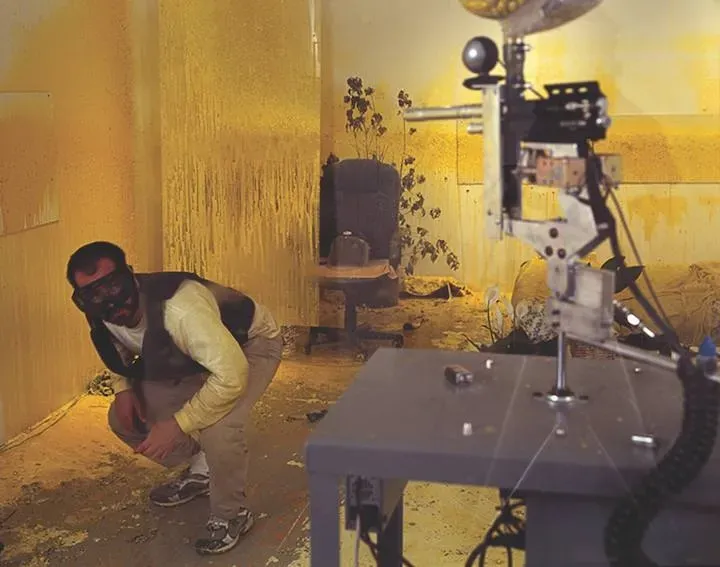
SR : How has your work in the US been affected?
WB: I've received a lot of mixed responses about my work internationally, the most common one being why I'm subjecting my body to these artistic experiments, but overall it's been very positive and really eager to learn more I work. In the US, I teach at NYU's Tisch School of the Arts, specializing in photography and imaging. The school is widely acclaimed for its progressive study of performance and performance in the visual arts, a background that complements my practice, which is process-based.
The following is an excerpt from audience questions collected by the BBC
Bob Hurton, Redlands, CA, USA: I love the concept of this piece. I was wondering if you find yourself experimenting with composition throughout the day?
WB: The whole idea behind this project is to make the image objective and remove subjectivity from the process, so I try not to influence or frame the shot. But it's hard, because humans always tend to record and frame, share the moment with others, so it's hard not to turn around and capture these moments intentionally in the first place. But as the project progressed, I stuck to the concept of the project more and resisted the urge to compose.
Lamin Baldeh, Serrekunda, Gambia: Why did you decide to do this? How do you feel about it?
WB: Part of the reason I decided to do this project was my experience in Iraq, where I had to flee and have no chance to reflect or document what I left behind. I'm also fascinated by the corners of life we walk through without acknowledging or examining; the whole approach is a very meditative rather than positive one. There is a feeling that because it is connected to the internet, I immediately share the moment of my existence with others. It makes me feel like I'm not alone.
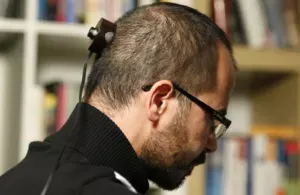
Joseph, New York, USA: Why did you choose to put the camera on the back of your head instead of the front on your forehead?
WB: The camera is on the back of my head rather than the front because the point is to capture images without eye power and finger framing. If the camera is in front of my head, it will still be affected by what I see and hear.
Aanchal Bhatt, India: How much physical strength do you need to be ready for this? Does passion and dedication help?
WB: Aside from the body, I really needed to prepare myself mentally. It's an unusual commitment that really impacts your daily life. It's also very tough physically.
Gretchen, Baltimore, USA: What is your mission for this project?
WB: A task is to capture fleeting movements; also lose subjectivity; and comment on the state of our lives where we are constantly monitored and suffer any loss of personal space. One might ask if I am part of the problem (monitoring status) I am reflecting on. That's my intention - the artist is like a mirror, reflecting the social situation.
Stephen Partington, Khon Kaen, Thailand: I would like to applaud your new approach to exploring extraordinary art in our ordinary lives. After all, art is all about finding angles and ways to offer new perspectives on life. I think that's why I love your project. What was the first image that came to mind when you started daydreaming about this project?
WB: The mind plays a simple trick on us, asking us not to actually look at certain things because we've seen them so many times before - how many spaces, places and corners do we see in our lives without really paying attention? The project reflects those corners back and says "hey look at me".
The rest of the interview
Q: Did you encounter any resistance or institutional scrutiny?
WB: No, that surprised me. Qatar appears to have taken very confident steps towards opening up the community and bringing in uncensored voices. No artist is censored, which is a very promising thing to happen in that country, and hopefully this will have a knock-on effect on neighboring countries. I did go to the opening ceremony and the response to the project was great. I was completely free to go anywhere in Qatar without ever being stopped by security - except when I came back. I was understandably stopped at the airport when I was about to board an American plane...but other than that, the response to this project has been very good, and I've heard from multiple sources that they're talking about a Middle Eastern How happy and proud the artist works for such a bold project.
Q: What do you think about the tension between the personal experience of your own actions and the "artwork" you leave your audience to encounter, putting hundreds of anonymous digital images on your website.
WB: I see them as records, and one of the hardest things about a performance is how you record it. I think these images become the records themselves. I tried to get rid of it and it was not possible. This will give me a good idea of every minute of what I've done so far this year.
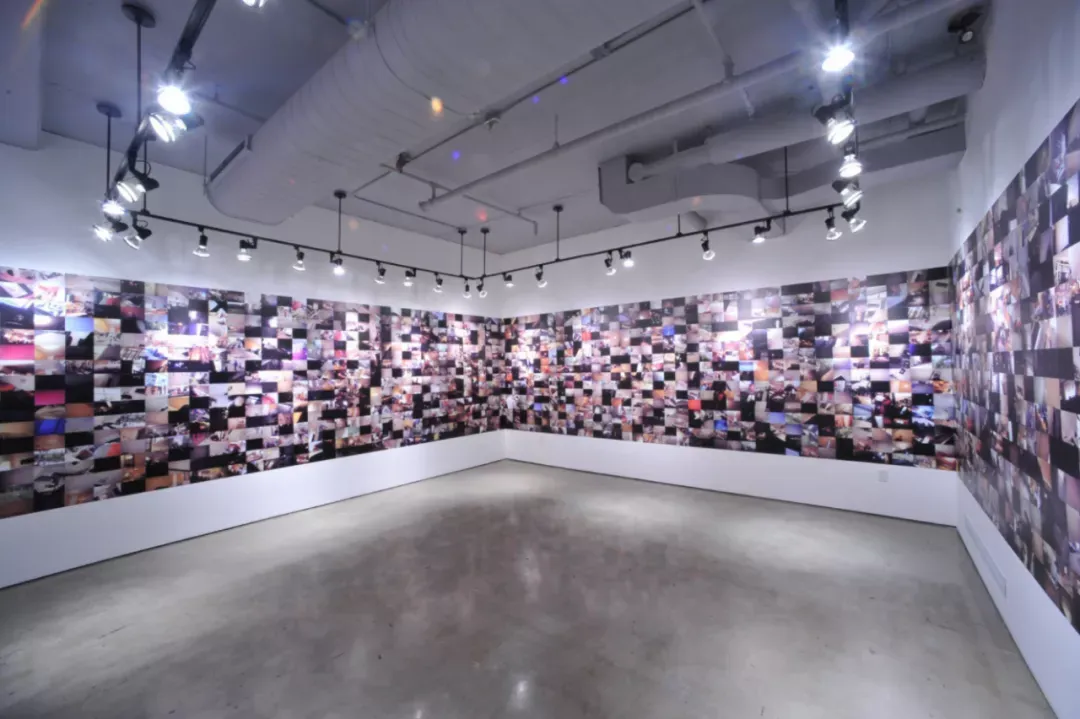

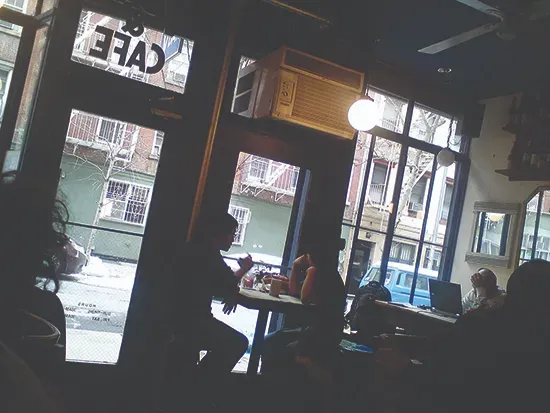
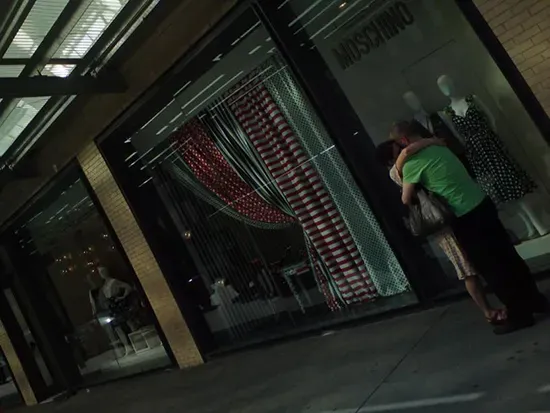
Reference link
- 3RDi
- U.S. professor has digital camera implanted in the back of his head
- A Disappearing Act: Wafaa Bilal and The 3rd I Project
- 'Back of the head camera' kills New York professor
- In the name of art
Action is the only character of man
Like my work?
Don't forget to support or like, so I know you are with me..
Comment…